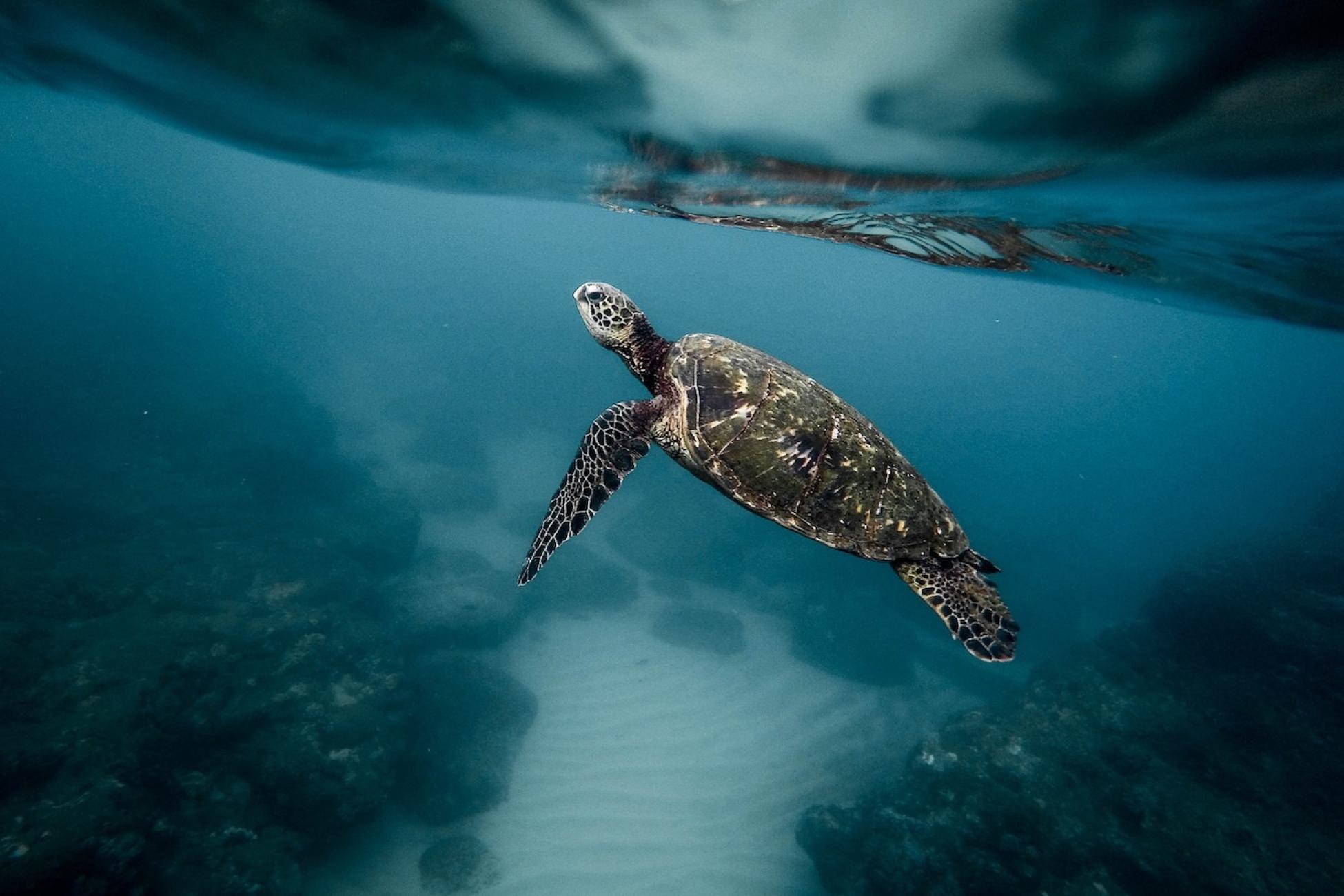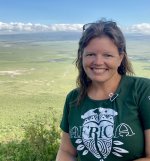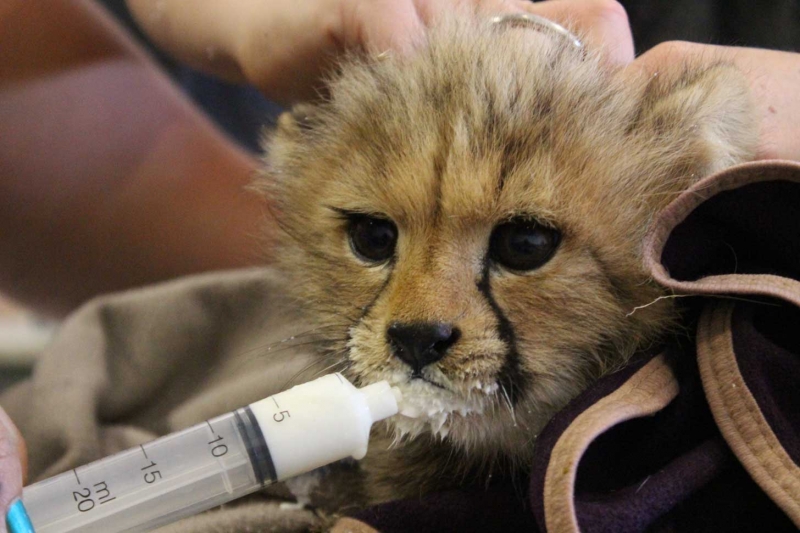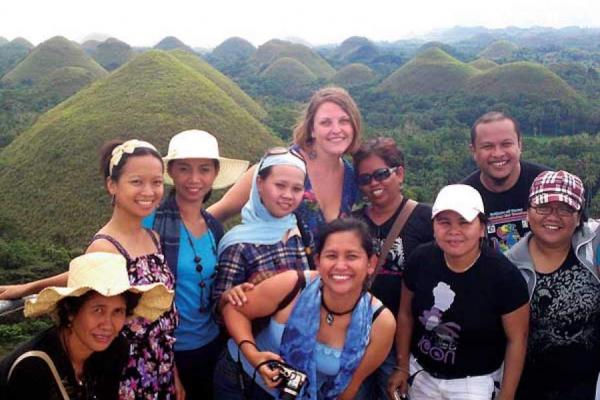Someone once asked me what my topic would be if I were required to speak confidently about one particular thing. I answered without hesitation: Loggerhead sea turtles, affectionately known by their Latin name, Caretta caretta.
Loggerhead sea turtles return to nest on a beach in the general area of where they were hatched decades earlier. The female will usually make three attempts to lay her eggs in the sand. If she is continuously obstructed, she will eventually deposit her eggs into the sea, where they are automatically destroyed. Hindrances and distractions include things like bright lights, loud noises, sun chairs, umbrellas, sandcastles and late-night tourists. It is incredibly important to keep nesting beaches clear, dark, and safe for our sea turtles.
It was the sea turtles' struggle that convinced me, at 26, to spend four weeks volunteering my time on Crete working with Archelon: The Sea Turtle Protection Society of Greece.
The only problem was that four weeks sounded like an eternity and I wasn’t entirely sure I was up for the challenge.
Upon arrival on Crete, my immediate desire to just walk away absolutely skyrocketed: It wasn't fun.
Our mornings were filled with laborious tasks such as scrubbing rust from metal hatchery poles, painting nest cages, stripping bamboo and filling in potholes. When that was finished, afternoons would be spent manning a local public awareness kiosk, selling merchandise, and trying to raise funds. The work was demanding, the hours were long and the heat was often intolerable.
Dusk found us making our rounds to local hotels, where we would present an informational slideshow educating tourists about the hazards faced by the turtles and encouraging staff and management to remove their beach furniture during the evening hours.
When our days finally drew to a close and utter exhaustion had consumed us in entirety, we would make our way through the tangles of the olive grove we called home, collapse into our respective tents and drift off asleep to the incessant and loud symphony of the cicadas. Slumber never lasted long and 3 am came much too soon. It was at this atrocious hour we would scurry down to the shores of Rethymno for our daily morning survey, monitoring assigned portions of the beach and searching for any sign of turtle activity.
There was no glamorous way of presenting it. It was strenuous. It was exhausting.
But after a couple of weeks, something shifted.
Strenuous labour made us strong and courageous. Exhaustion fuelled us with momentum and confidence, giving us boosts of energy needed to push forward. We got physically stronger. We built up our endurance. We acclimatized to the heat. We began to efficiently manage our workload. We took pride in our familiarity and our perceived expertise. Volunteering turned somewhat illustrious. We became international scientists (or at least that’s how we saw it).
It became fun.
The morning survey was almost an infatuation. We became fully trained in recognizing tracks, detecting nests, collecting data, doing beach measurements, and properly mapping locations. If we happened upon a nest that risked inundation by seawater, we would get to work relocating it to the back of the beach. (Sea turtles usually bury their eggs deep in the sand, but moisture has the ability to cut off oxygen and cause the embryos to suffocate.)
Tourists would gather around, inquisitive as to our activity, and in turn, we essentially became advocates for these marine animals.
At the end of each season, we would shade the nests to help the hatchlings reach the ocean on their own. I read once that hatchlings make their way to the sea by following the light of the moon on the tips of the waves as they roll into shore. Regardless of whether this might be true or not, disorientation caused by bright lights has certainly been documented. Their first journey is paramount as it gives them the opportunity to imprint on their surroundings. After all, the females will be returning here one day to lay their eggs. Only one in 1,000 to 10,000 Loggerhead hatchlings will survive to adulthood, which means that the females nesting this season could possibly be the babies I helped all those years ago.
We lived Loggerhead sea turtles.
We breathed Loggerhead sea turtles.
In fact, Loggerhead sea turtles made such an impact on me that I extended my four-week volunteer stint to a total of 21 weeks, and then returned the following summer for an additional 18.
Loggerhead sea turtles captured my heart.
It’s been 23 years since I was first in Greece and I recently returned to visit some old friends there. Somewhere behind all these turtling experiences, those long and insufferably hot days, is a deeply rooted volunteer family. Once we were together again, all we could remember were the friendships and the laughter we’d shared.
Although Archelon has come so far, the Loggerhead sea turtles still face some of the same hazards as they did when I was a volunteer on Crete. Archelon’s Rescue Centre in Athens is often inundated with turtles suffering from deliberate head wounds, shell damage from propellers, internal injuries from hooks, as well as external injuries from fishing lines and net entanglement. They care for and do their best to rehabilitate turtles from all over Greece and now have a phenomenal record of rereleasing over half of their patients.
How can you help?
• Reduce marine debris that may entangle or might accidentally be consumed by sea turtles.
• Slow your motor if you’re out in the ocean.
• Participate in coastal clean-ups and reduce plastic use to keep the beaches and oceans clean.
• Respect the sea turtles and stay off nesting beaches during the evening.
• Encourage nesting beach hotels to clear sun furniture and turn off or redirect bright lights during the evening hours.
• Don’t pick up the hatchlings. Let them get to the sea on their own.
• Become a volunteer: Each year, Archelon volunteers monitor over 100 kilometres of Greece’s nesting beaches. Volunteering is a fabulous opportunity for anyone and everyone to get their hands dirty and take part in the conservation of this dwindling marine population. It’s been 23 years and I can’t help but seriously consider a summer season as an active "international scientist" once again.
Add this article to your reading list




